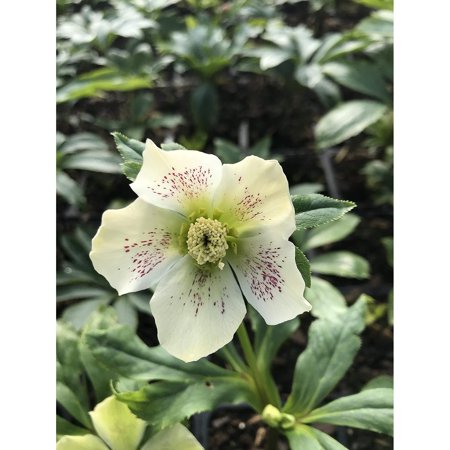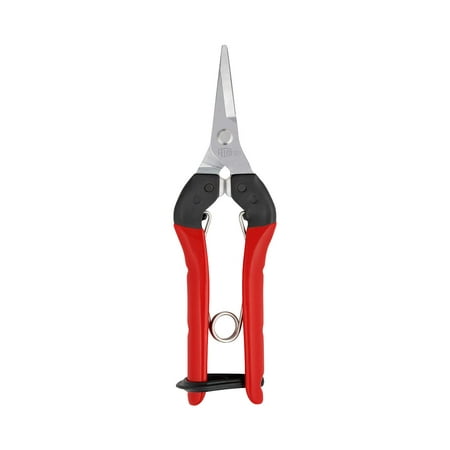When to prune hellebores – to get elegant flowers in time for Christmas
Timing is everything when trimming these winter and spring flowering plants

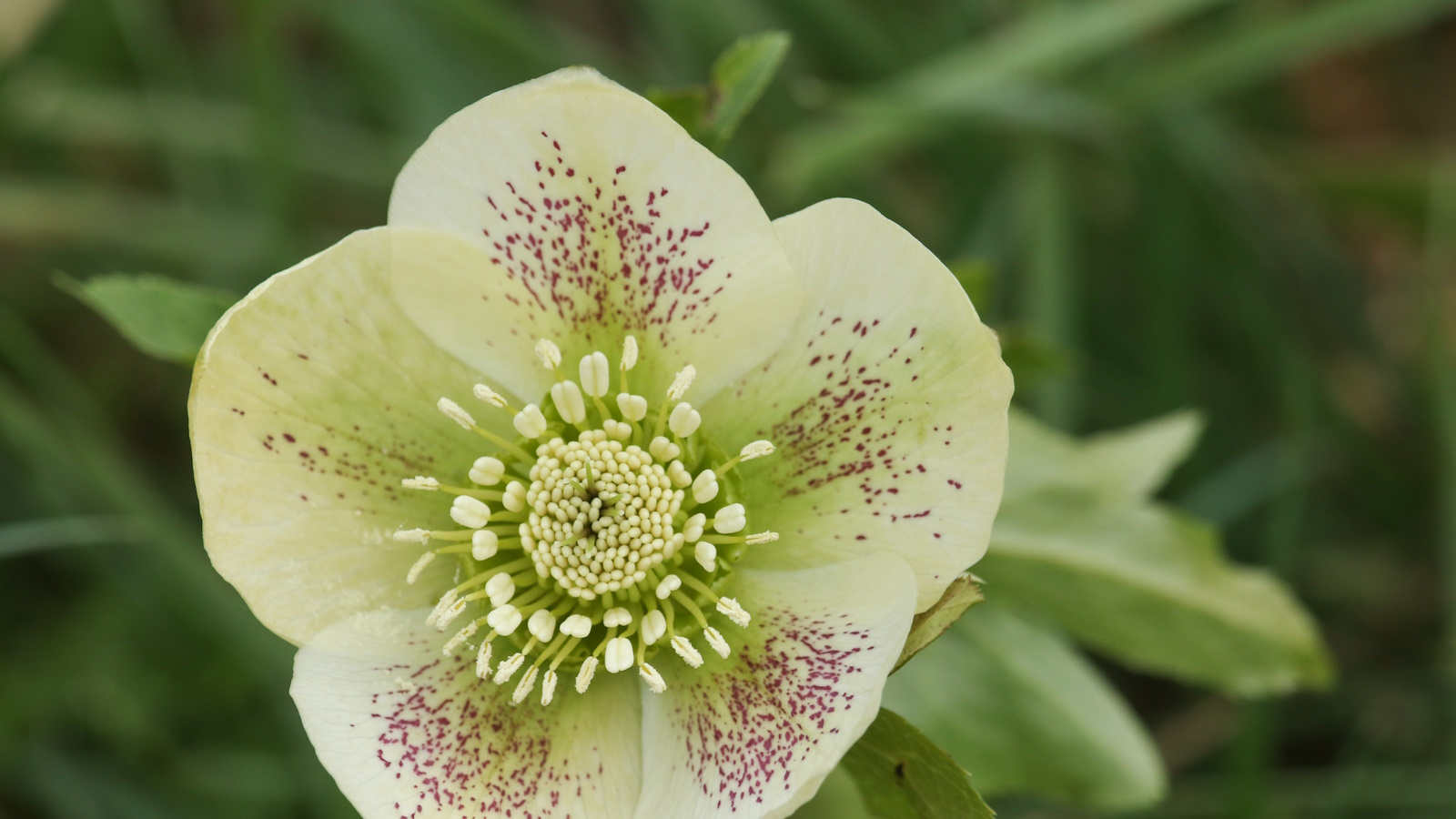
As winter and spring flowering perennials, hellebores never fail to impress. When much of the garden is without color, these delicate and detailed blooms can brighten the darkest days during the coldest months of the year.
Knowing how and when to prune hellebores is an important aspect of growing these herbaceous ornamentals. Clearing old foliage before new shoots and blooms appear will allow these special flowers to dominate without any distraction or covering from brown, dry leaves. While there are around 20 species of Helleborus grown worldwide, the approach to pruning is much the same for all perennial species that lose their foliage and regrow the following year.
Some early flowering options can bloom from December, including the Christmas rose, Helleborus niger, seen above, which is a nice addition to the yard during the festive season (especially when viewed from a cozy chair indoors). Timely pruning is therefore important for certain hellebore species. So, while you might already know how to grow hellebores, here, I share more information on how and when to prune hellebores to ensure that your plants thrive.
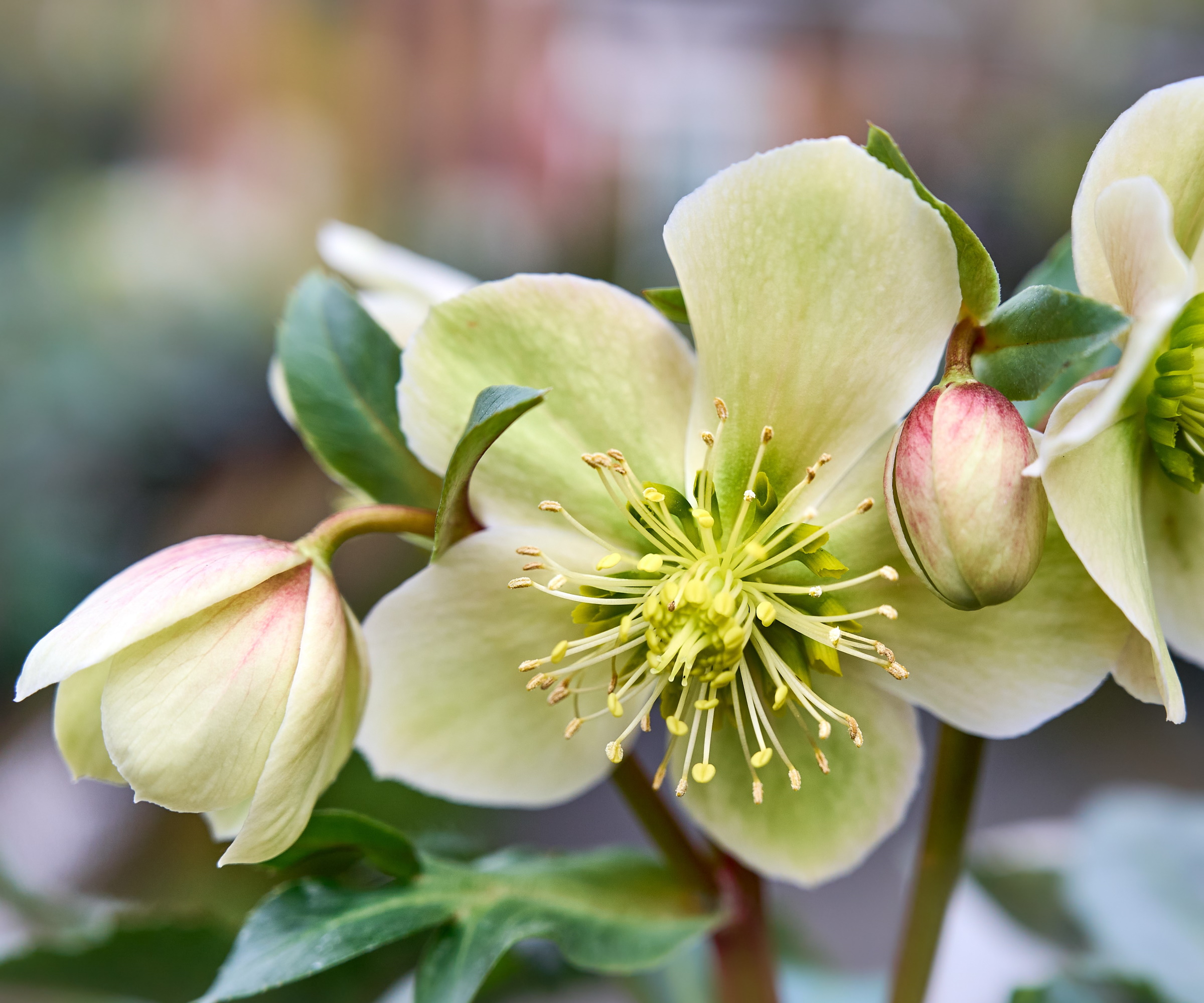
When to prune hellebores
While there are many hellebore varieties to choose from, all perennial species, including the popular Lenten rose, Helleborus orientalis, can be pruned in the same way regardless of climate or your US hardiness zone. The trick is knowing the signs to look for and the right time to reach for your pruning snips.
When to trim hellebore stems
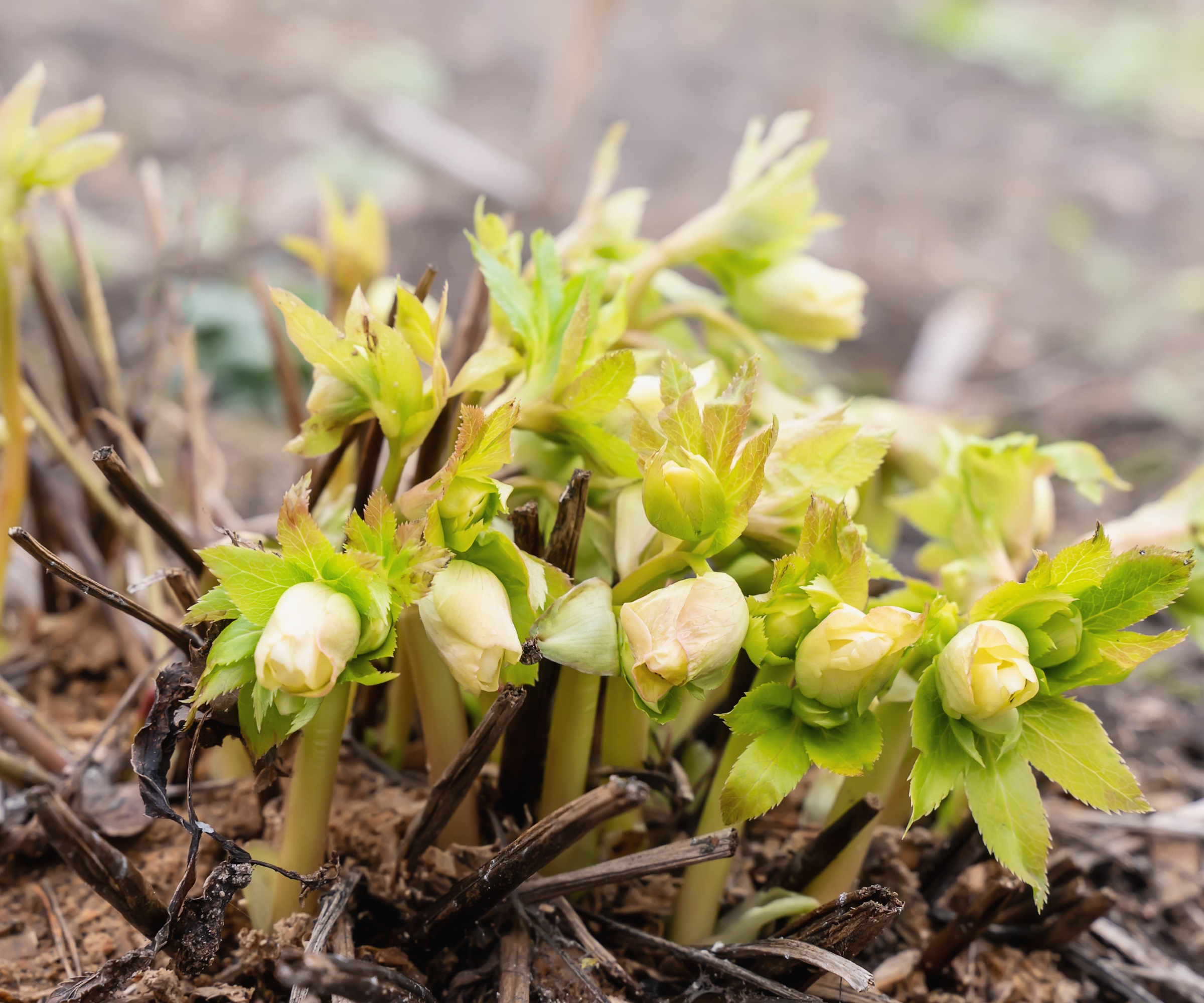
While it will depend on the species you grow, hellebores typically bloom somewhere between December and April and are often considered some of the best winter plants for pots and borders. Following this, during summer, the flower petals will drop and the foliage will eventually turn brown and collapse.
It is important to leave the foliage, even if it is a little unsightly or messy, for as long as possible. The leaves will continue to photosynthesize through the summer, storing energy that the plant will use to regrow for the following season/s. As long as the leaves retain some green coloring, the plant will continue to produce and store energy. Trimming your plants too soon is a common pruning mistake to avoid.
While it will depend on where you reside and your climate, I would recommend pruning your early-flowering hellebores somewhere between September and November. In warmer zones, such as US hardiness zone 8, pruning will be done later than in cooler, wetter regions.
Design expertise in your inbox – from inspiring decorating ideas and beautiful celebrity homes to practical gardening advice and shopping round-ups.
Somewhere around early fall, therefore, is the optimal time to prune, but there are signs to look out for before snipping. Doug Ruhren, plant expert and curator at Juniper Level Botanic Garden in North Carolina, says: 'When the foliage completely turns brown and becomes unattractive, the whole stalk or stem can be removed at ground level.'
For those early flowering species that can bloom in December, such as Helleborus orientalis or Helleborus niger, timely pruning is even more important. As soon as the plant begins to produce new shoots and buds, pruning will become far more tricky and complicated, so trimming before this point is crucial.

Doug is Garden Curator at Juniper Level Botanic Garden near Raleigh, North Carolina. After completing his studies at Rutgers, Doug worked at Chatwood Estate, Montrose Gardens, Daniel Stowe Botanical Garden, and The American Camellia Society headquarters. Doug is responsible for most of the plant collections and planting decisions, advising garden maintenance staff, and heading up many of our educational efforts.
How to prune hellebores
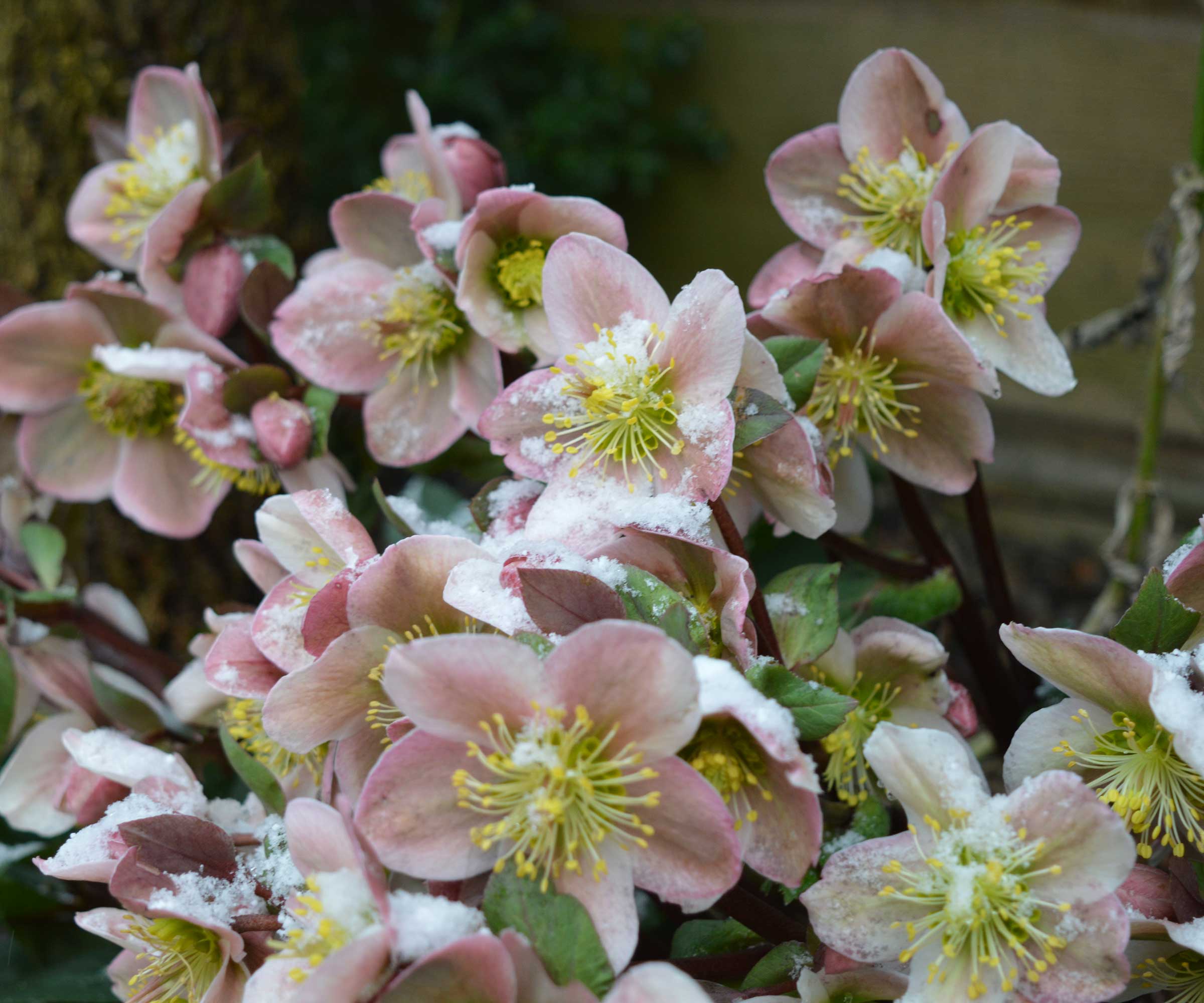
Before you begin pruning, remember that all parts of hellebore plants, including the roots, stems and leaves, can irritate the skin (they are also poisonous to pets), so it is best to wear suitable protection. I tend to always wear gardening gloves, available from Amazon, which will eliminate the risk of any sap or plant material damaging your skin.
Once you are wearing gloves, you are ready to begin. Using clean pruning tools, either shears, snips or secateurs, cut all stems down to the base. You should be left with a clear hellebore crown, from which new shoots will soon emerge.
You can then compost any browning or decomposing foliage and stems, which will quickly rot down when added to your compost heap.
FAQs
What if I forget to prune and my hellebore already has new growth?
Do not worry, you can still prune brown, old stems even if your hellebore plant is producing new stems and buds. The trick is to work slowly and carefully, as you do not want to damage the new shoots.
My hellebore is an evergreen variety, when should I prune it?
Evergreen varieties hold on to their foliage year-round, so there will be less urgency or need to prune. However, during the fall and winter months, it is a good idea to inspect your plants for damage or disease. Prune any stems that are damaged, browning or slightly messy, which will encourage fresh growth in the spring. Take the time to check your plants for diseases, such as hellebore leaf spot, with brown, black or gray round markings on the foliage. Prune any stems that are infected and dispose of the stems/foliage.
Once you have pruned your hellebore plants, it is a good idea to complete a spot of mulching during fall. Most hellebore species are woodland plants, so applying some organic matter, such as fresh compost or manure, can help feed the soil and mimic the nutrient-rich conditions of a forest-like environment. There are many mulches available to buy, including this organic garden manure from Walmart, which will help to feed and nourish your beds.

Thomas is a Content Editor within the Gardens Team at Homes and Gardens. He has worked as a professional gardener for both public spaces and private estates, specializing in productive gardening, growing food and flowers. Trained in Horticulture at the Garden Museum, he has written on gardening and garden history for various publications, including The English Garden, Gardens Illustrated, Hortus, The London Gardener and Bloom. He has co-authored a Lonely Planet travel book, The Tree Atlas, due out in 2024.
